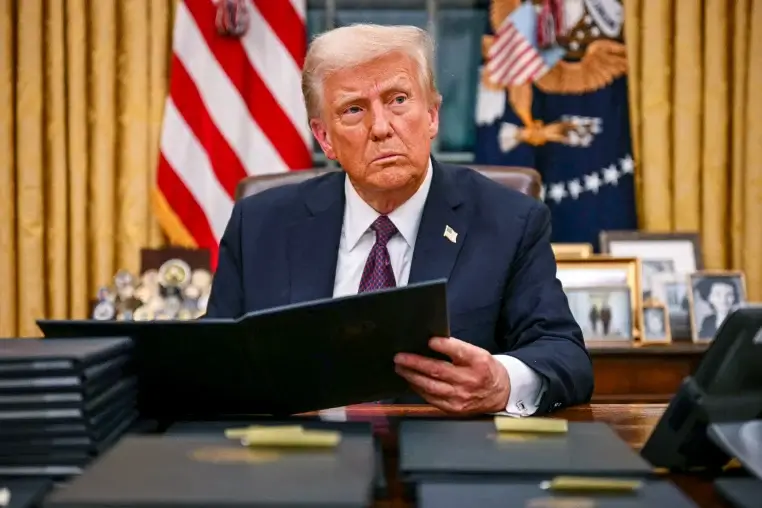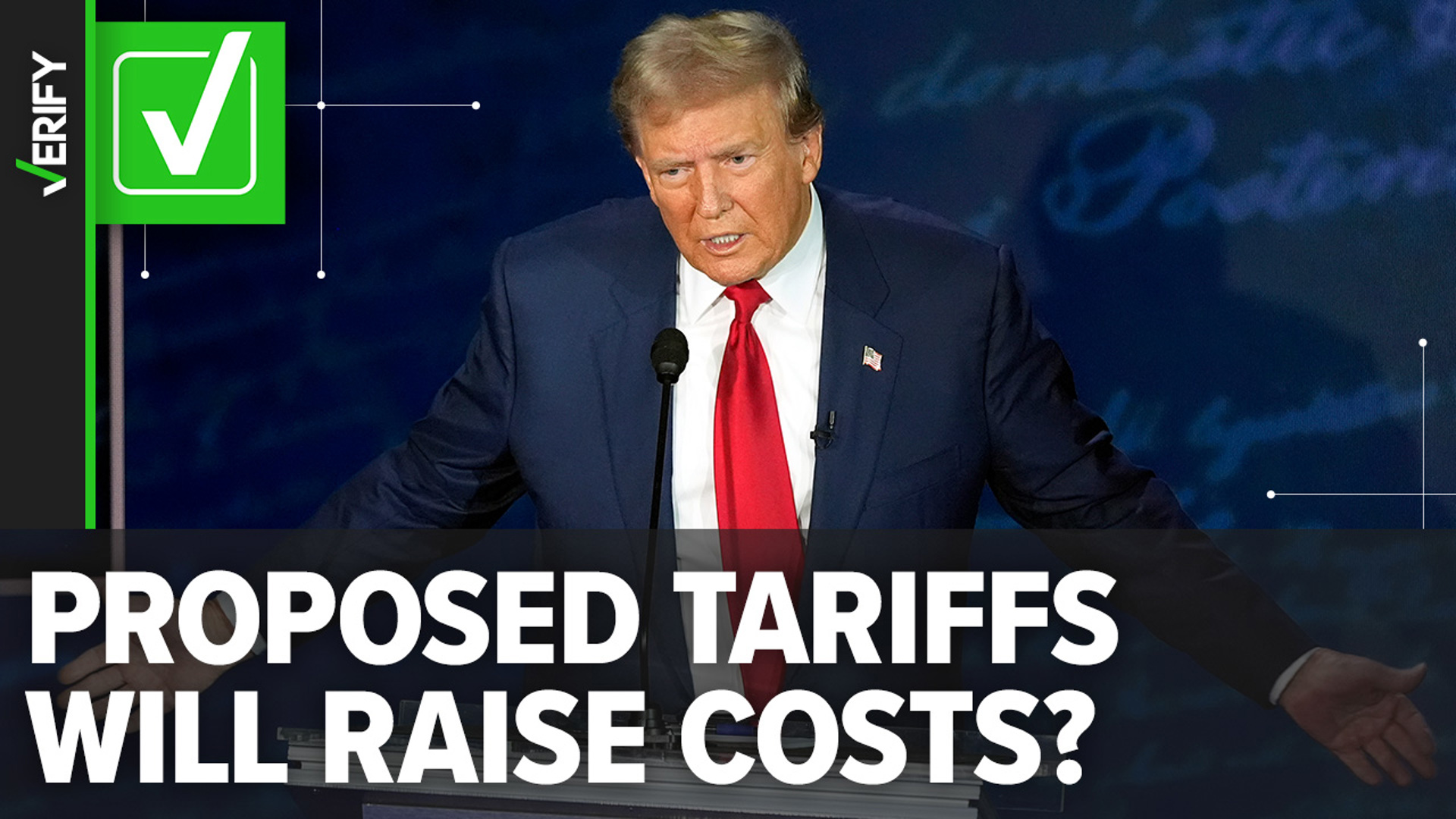Trump's Bold Move: New Tariffs Shake Up Global Trade

Trump Declares "Liberation Day" with New Tariffs
Hey there, folks. Let me tell you something. U.S. President Donald Trump has just made a bold move that’s sending shockwaves through global trade. In a dramatic announcement on Wednesday, he unveiled a sweeping plan to impose reciprocal tariffs on countries around the world, calling it “Liberation Day.” This isn’t just any day—it’s a game-changer in the world of international trade, and it’s already turning heads.
Here's how it works: the U.S. will now impose tariffs that are roughly half the rate that other countries charge on American goods. Think about that for a second. It’s like saying, "If you’re charging us 27%, we’ll hit you with 14%." That’s the kind of deal Trump’s pushing for, and it’s already making waves.
How Nigeria Fits Into the Equation
Nigeria, one of the key players in U.S. trade relations, is feeling the heat from these new tariffs. Starting now, the West African nation will have to pay a 14% tariff on its exports to the U.S. That’s a far cry from the 27% they’ve been charging American goods. This shift could significantly impact Nigeria’s export industry, especially given the volume of trade between the two nations.
Read also:Greg Laurens Multifaceted Journey Net Worth Career And Creative Ventures
In 2024 alone, Nigeria shipped goods worth N931 billion to the U.S., with crude oil leading the charge. But here’s the kicker: Nigeria also imported goods worth ₦1.05 trillion from the U.S. That’s a lot of trade, and these new tariffs are going to play a major role in shaping the future of that relationship.
A Closer Look at the Numbers
Let’s break it down. Trump unveiled a chart during his announcement that highlighted some eye-popping trade imbalances. For instance, China charges a whopping 67% tariff on U.S. goods, while the U.S. will now impose a 34% tariff on Chinese goods. That’s a significant difference, and it’s just the tip of the iceberg.
Here’s a rundown of some of the other countries affected:
European Union: 20% tariff
Vietnam: 46% tariff
Taiwan: 32% tariff
Read also:Michael Herbigs Net Worth 2024 Career Milestones And Wealth Breakdown
Japan: 24% tariff
India: 26% tariff
South Korea: 25% tariff
Thailand: 36% tariff
Cambodia: 49% tariff
These numbers tell a story of a dramatic shift in global trade policies. The U.S. is making a clear statement: it’s time to level the playing field and secure more favorable terms in international trade deals.
Executive Orders: The Next Steps
Trump didn’t stop at just announcing the tariffs. He took it a step further by signing two executive orders in the White House Rose Garden. The first one tackles what he calls “the de minimus loophole” with China—a provision that allowed China to export goods to the U.S. at lower costs, effectively bypassing taxes and import duties. That loophole is now officially closed.
The second executive order focuses on reciprocal tariffs, imposing a 25% tariff on all imported cars and tariffs ranging from 10% to 49% on goods from other countries. Trump believes these tariffs will generate a staggering $6 trillion in investments for the U.S. economy. But here’s the thing: while the administration sees this as a boost, experts warn that the burden of these tariffs often falls on American businesses and consumers, not the foreign exporters.
What This Means for the Future
Some are calling this move the largest “tax hike” in U.S. history, and for good reason. American consumers could see higher prices on imported goods, which could have a ripple effect across the economy. Meanwhile, the European Union, facing a 20% tariff on all exports to the U.S., has yet to formally respond. European Commission President Ursula von der Leyen is expected to weigh in later today, and her statement could set the tone for how the EU reacts moving forward.
So, what’s next? Only time will tell, but one thing’s for sure: this is just the beginning of a new chapter in global trade relations. Stay tuned, because this story is far from over.
Kunle Afolayan's Son, Dieko, Talks Back To Critics About Embracing True Self
Edo State Governorship Drama: APC And PDP Clash Over Leaked Tribunal Judgment
Eid-El-Fitr 2025: Saudi Arabia Confirms Moon Sighting, Declares End Of Ramadan


